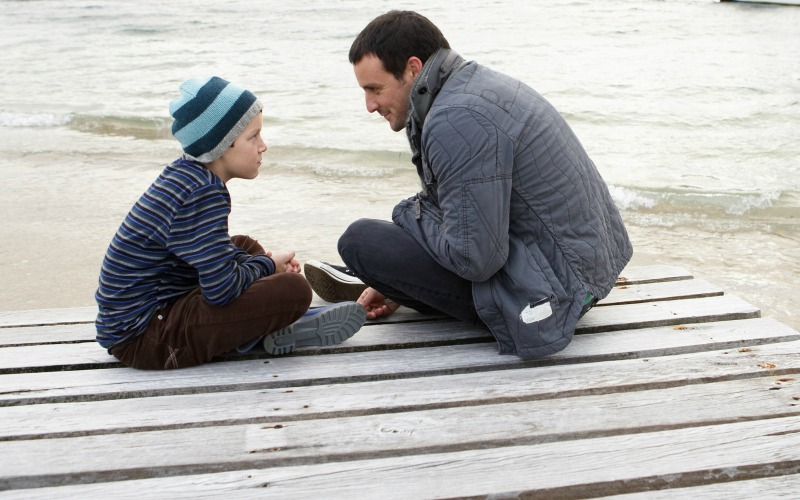According to a 2015 National Survey, the number of kids expressing moderate to extreme stress is on the rise. Furthermore, the same survey indicates parents are often unaware.
During school age years, the developmental task of children ages 6 to 12 is to learn, create and accomplish. What makes this season so important is the facilitation of a sense of industry, or what we call initiative to step out in new areas. This is also a time of social awareness. This means as children do step out, they compare themselves to how others are doing and evaluate their performance with meaning. If children experience any amount of unresolved feelings of inadequacy among peers, problems with self-esteem can emerge and competence will be impacted. Stress or anxiety in children inhibits industry and self-confidence.
Stress is not frustration or annoyance. It is a destructive form of experiencing and coping emotionally, socially, cognitively, and physiologically.
Short term stress distracts from all that is good, healthy, and right. The result is the formation of a poor self-image. In the long run, it conditions and reinforces unhealthy coping skills that can last throughout adulthood, reducing confidence to explore, engage and take healthy risks.
Stress also contributes to poor learning and functioning. It becomes accepted as a normal part of life instead of being recognized as an unsafe emotional state that needs to be addressed.
Symptoms of Stress
When you begin to notice changes that are normally not a part of your child’s behavioral make-up, start paying attention to the following:
- Stomach aches
- Headaches
- Fatigue
- Whining/Arguing
- Crying
- Anxiousness
- Nightmares
- Agitation
Sources of Stress
Half of families in the above survey attribute school and friendship issues as the main source of their children’s stress. However, a majority reported working through at least one of the following serious stressful events in addition to the sources already mentioned:
- Physical illness within family
- Frequent transitions in short period of time
- Separation/Divorce/Dating
- Death or Loss of family or friend
- Bullying
- Social Deficits
- Changing of Schools
- Video Games (certain types)
- Busy Life Style
So how do we help our children deal with stress? By Noticing, Reflecting and Connecting, we as parents can help our children manage stress more effectively.
1. Notice Them More
This sounds like a simple response but it is powerful! Slow down and observe. Be a spectator of their life. You will notice something amazing—life will be observed and felt differently. What is seen are generally good things, little things, important things. You notice what truly impacts your lives and how crisis or stress affects your loved ones.
By noticing your child’s feelings, concerns, and behaviors, sensitivity is enhanced and the desire to support is evoked. You remember they really are just children. You remember they lack the capacity to screen, dispute or discard harmful influences whether internal or external. You remember they are vulnerable little beings. Noticing is the first step to change.
2. Help Them Reflect on Those Feelings
After you become aware of the burden on their shoulders, begin a dialogue, age appropriate to increase awareness on their end. Kids emotional vocabulary is small, consisting of four primary feelings: happy, sad, mad, and scared. They have all the same feelings as adults but lack the different nuances and vocabulary of feeling and meaning. Help them become aware of these expanded emotions. Give them “feeling names” beyond the four listed, and share how emotions are normal and have a function. This will equip them with confidence for the next time they encounter similar experiences.
3. Connect With Them
Connecting means “being there in the moment physically and emotionally.” This is also a form of empathy. Emotional connection is love made tangible. Carve out time, sit with your child, look them in the eye with a warm smile and let them know you “get it”. This simple action communicates a powerful message: they’re not alone and you are there for them.
Having an empathetic parent identify, name, and come alongside to process pain is empowering; two are always better than one. Connection meets deep attachment needs. Connection means someone cares enough to get involved. Connection shares the heavy load and works it out together.
Grace for Today
The goal of this process, being with our children by noticing, reflecting and connecting, breaks down barriers, supports communication and reduces stress.
We are demonstrating a different way of living and interacting. We are intentionally choosing to slow down and ensure we help our children process and connect the dots with how to live well. They won’t learn this stuff in school, on the travel team, or from peers on the fly. This needs to come from us, their parents. Let’s finish well.

